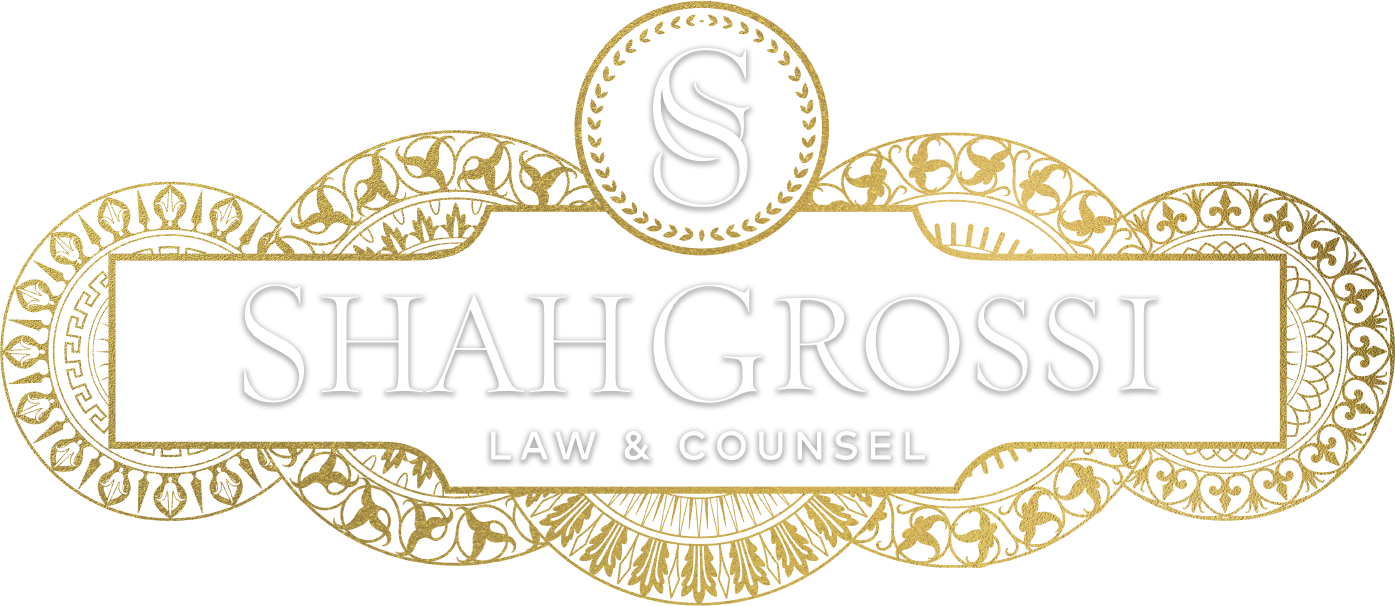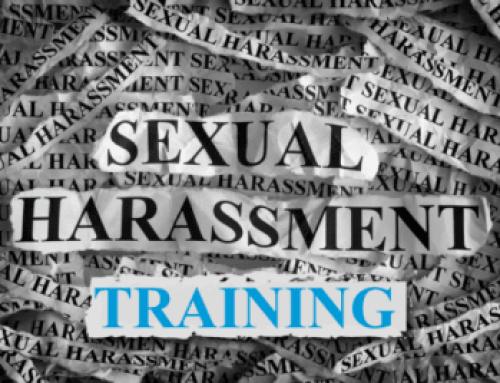Overview:
The paid sick leave protections of SB 95 are similar to prior 2020 legislation, which expired on December 31, 2020. However, SB 95 applies to employers with more than 25 employees (a big change from 500 or more per the 2020 law) and provides additional reasons for leave, including vaccine-related reasons. SB 95 takes effect on March 29, 2021 and applies retroactively to sick leave taken beginning on or after January 1, 2021, which means employers may have to compensate employees for sick leave they have already taken this year. The expanded sick leave protections of SB 95 remain in place until September 30, 2021. Employers must be aware of, and promptly comply with, the notice and wage statement requirements.
Eligibility Requirements:
There is no length of service requirement for an employee to receive COVID-19 supplemental paid sick leave. A covered employer must grant COVID-19 supplemental paid sick leave immediately upon an employee’s request (verbal or written) if such employee is unable to work or telework for any of the following reasons:
- The employee is subject to a quarantine or isolation period related to COVID-19 based on an order or guidelines from federal, state, or local agencies. If the employee is subject to mandatory quarantine, the employee is entitled to use supplemental paid sick leave for at least the minimum quarantine period mandated.
- The employee has been advised by a health care provider to self-quarantine due to concerns related to COVID-19.
- The employee is attending an appointment to receive a COVID-19 vaccine.
- The employee is experiencing adverse symptoms related to a COVID-19 vaccine that prevents the employee from being able to work or telework.
- The employee is experiencing symptoms related to COVID-19 and is seeking medical diagnosis.
- The employee is caring for a family member who is subject to a mandatory quarantine or isolation order or who has been advised to quarantine or isolate by their healthcare provider.
- The employee is caring for a family member (such as a child) whose school or place of care is closed (for on-premises services) or otherwise unavailable for reasons related to COVID-19.
Length of Paid Sick Leave:
Full-time employees are eligible for up to 80 hours of paid sick leave, while part-time employees receive leave based on their average hours worked.
Full-time is defined as either an employee who is classified as full-time by the employer or who was scheduled to work, on average, 40 hours or more per week in the two weeks preceding the date on which COVID-19 supplemental paid sick leave is taken.
If an employee is not classified as full-time, the employee’s schedule and length of employment will determine the amount of their leave entitlement as follows:
- An employee with a regular schedule is entitled to the total number of hours the employee is normally scheduled to work for the employer over two weeks.
- An employee with a variable schedule is entitled to 14 times the average number of hours the employee worked each day for the employer in the six months preceding the leave.
- An employee with a variable schedule who has worked for the employer for 14 days or less is entitled to the total number of hours the employee has worked for the employer.
Note that the covered employee determines how many, and when, to use his or her available COVID-19 supplemental paid sick leave hours.
Dollar Amount of Sick Leave Payments:
As with the 2020 supplemental paid sick leave law, employers are not required to pay more than $511 per day ($5,110 in the aggregate) to a covered employee under SB 95.
Employees who are exempt from overtime requirements must be paid for COVID-19 supplemental paid sick leave in the same way as the employer calculates wages for other forms of paid leave time for such exempt employees.
For non-exempt employees, the rate of pay is the highest of the following:
- The employee’s regular rate of pay for the workweek in which COVID-19 supplemental paid sick leave was taken, whether or not the employee actually works overtime in that workweek.
- The employee’s total wages, not including overtime premium pay, divided by the employee’s total hours worked in the full pay periods of the prior 90 days of employment.
- California minimum wage.
- Local minimum wage to which the employee is entitled.
Notice Requirement:
All covered employers must provide their employees with notice of SB 95. The Department of Industrial Relations has released a poster which must be displayed in a conspicuous location at the workplace (or must be disseminated to the workforce through electronic means if any employees are telecommuting and do not physically report to work).
Retroactivity:
Although SB 95 is retroactive back to January 1, 2021, employers are not required to determine which employees took time off that would have otherwise qualified for SB 95 paid sick leave during the period from January 1, 2021 through the present. Instead, covered employees who took qualifying leave during that timeframe can request payment for such leave if it has not already been paid by their employer. If the employer had already paid the employee for such qualified time off, then the employer may retroactively count the hours of that qualifying paid sick leave toward the total number of hours required under SB 95.
For any leave taken on or after January 1, 2021, for which SB 95 would now apply and which was unpaid or paid at an amount that did not meet the new requirements, the employee must request retroactive payment (verbally or in writing). Payment in response to such a request is due on or before the payday for the next full pay period after the request was made.
Interplay With Other Sick Leave Laws:
In 2020, several cities and counties passed supplemental paid sick leave ordinances that are still in effect. Paid sick leave related to COVID-19 provided under a local ordinance may count toward the employer’s obligations under state law as long as the reason for leave is covered by the eligibility requirements of SB 95. In most cases, supplemental paid sick leave under local and state law will run concurrently, meaning that employees are not able to “double-dip” to receive even more paid sick leave. Also, most employers may credit any supplemental paid sick leave hours provided to an employee since January 1, 2021, such as hours provided under the federal Families First Coronavirus Response Act.
Keep in mind, however, that the hours provided under SB 95 must be above and beyond those already required by California law, which means that “regular” sick leave already required by California law does not qualify. Similarly, COVID-related sick leave provided pursuant to the prior 2020 legislation does not count toward the SB 95 leave requirements.
SB 95 prohibits employers from requiring an employee to use any other paid or unpaid leave, paid time off, or other vacation time either before or in place of COVID-19 paid sick leave. However, an employer can require an employee to exhaust COVID-19 paid sick leave first before granting other leave when providing the employee with exclusion pay for time to isolate or quarantine under the Cal-OSHA Emergency Temporary Standards.
Wage Statement Requirements:
Employers in California are required to provide itemized wage statements which must include how many hours of sick leave each employee has available. Significantly, SB 95 supplemental sick leave must be listed as a separate line item on each employee’s wage statement, and such statements must list all available supplemental paid sick leave hours separate from other paid leave. For employees who work a variable schedule, the supplemental paid sick leave balance line item can be satisfied by performing an initial calculation of hours and indicating “variable” next to that calculation. All employers subject to SB 95 should immediately update their wage statements to comply with this requirement.
Subsidies / Tax Credits:
SB 95 does not provide for any subsidies or tax credits to the employer to offset the cost of the additional sick leave payments. Smaller businesses (with 25 or fewer employees) are exempt from SB 95 and may receive a federal tax credit if they voluntarily choose to offer supplemental sick leave.







